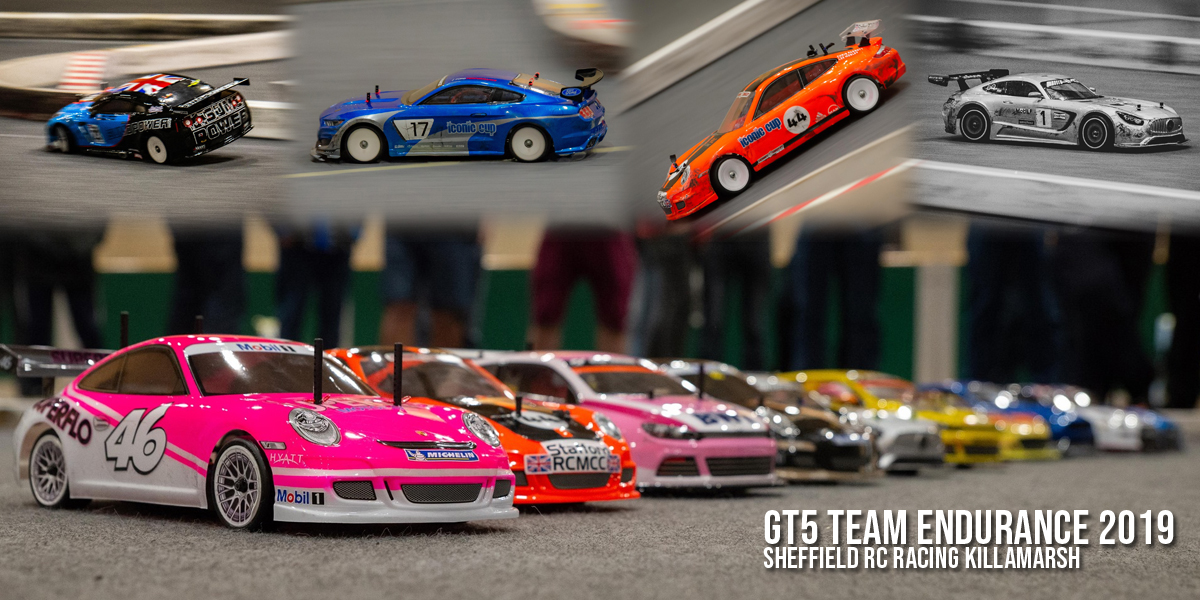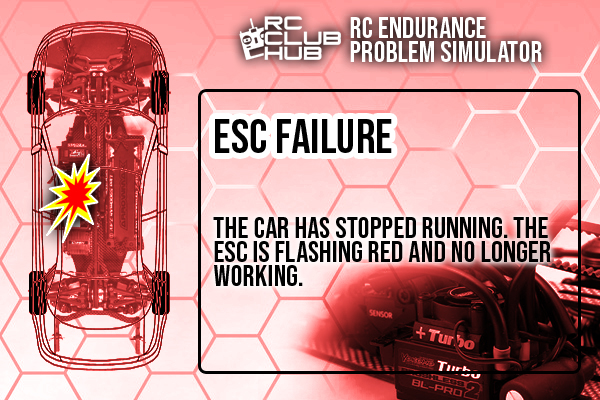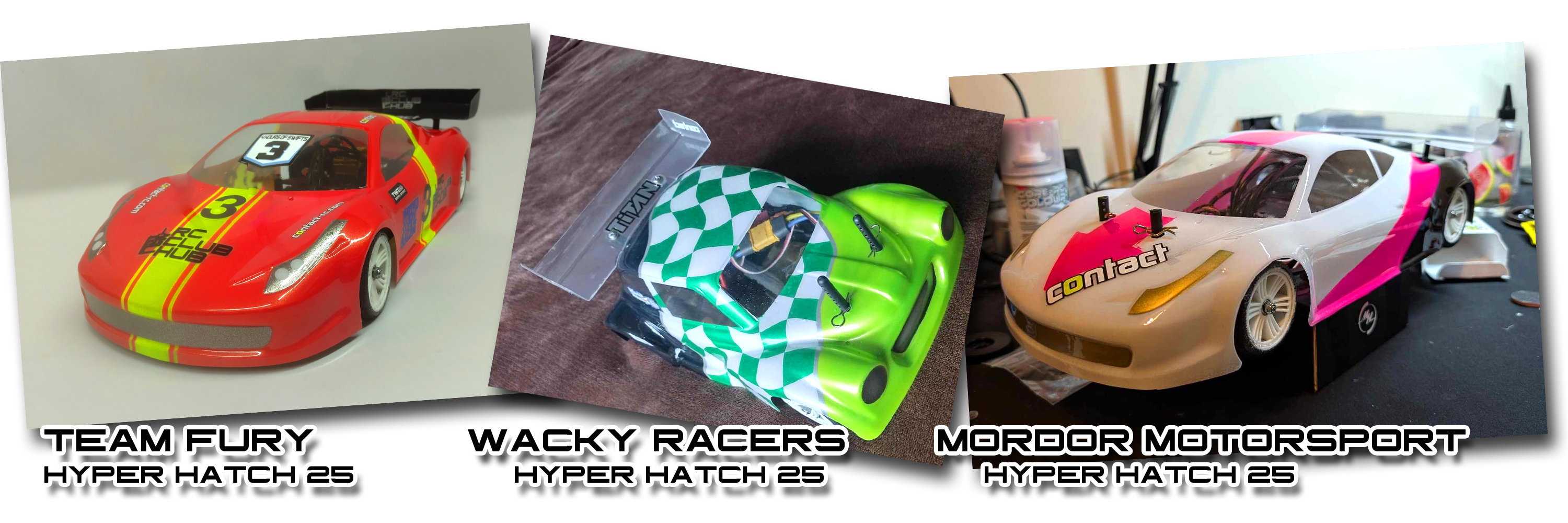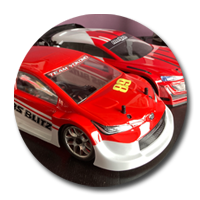 What key factors contribute to winning an RC endurance race?
What key factors contribute to winning an RC endurance race?
RC Endurance racing is a true test of skill, strategy, and teamwork. I have a deep passion for it, both in RC scale and full-scale World Endurance Championship (WEC) racing. Over the years, I have organised five endurance races and competed in more than ten. While I have been fortunate enough to win three of them, I have also finished as a runner-up in nearly all the others. Losing in such close battles is always tough, but in endurance racing, it stings even more. Unlike standard solo races, endurance events require months of preparation and rely on a full team effort. Falling just short of victory feels like I’ve let my teammates down, even if we gave it our all.
Some of my favourite endurance races are the ones that tested not just speed, but problem-solving and adaptability. One such event was the GT5 Endurance Race, which I helped organise and competed in. The concept revolved around affordable Tamiya cars and brushed motors, which made for a fantastic spectacle. Our team ran a TT02S, a car that handled fine but had a minor issue with a screw on the C-hub. However, that wasn't what ultimately cost us the win. The real problem was our brushed motor. Instead of the usual catastrophic failure, the brushes wore down, causing the motor to overheat. This resulted in rapid battery drain and more frequent pit stops. Once we diagnosed the issue, we fought back, recovering a significant number of laps, but the five-hour race wasn’t long enough for us to close the gap.

My most memorable endurance event in terms of results was at the Iconic Buggython. I believe off-road endurance racing deserves more attention—especially when all competitors use the same cars. The endurance race was the final challenge of an already amazing event, and our team only needed to beat one other competitor to secure the overall title. It turned out to be one of the closest endurance races I’ve ever experienced. After 75 minutes of racing, both teams were still on the same lap. Neither of us had suffered any major failures, but we encountered a unique issue; Sand build up in the rear tyre, which caused our car to bounce unpredictably. Instead of stopping for a full tyre swap, we made a quick pit stop, used a reamer to create small holes in the tyre, and let the sand spin out naturally. It worked perfectly, and we went on to win both the race and the event.

Endurance racing is full of highs and lows, and I’ve learned many lessons through both victory and defeat. One moment I still question happened during an M05 endurance race in 2017. Our team had already lost valuable time due to a poor tyre choice. In an attempt to fix the issue, we experimented with part-worn tyres, which only made things worse. Then, at the race’s midpoint, the leading team suffered a crash that broke their suspension. As it turned out, I was the only person in the pits with a spare of that exact part. Wanting to keep the competition alive—and because we were all friends—I gave them the part. Looking back, it was a generous move, but that decision cost us the win. We finished a very close second, with the team I had helped taking the victory.
Like all RC racers I love sharing my race stories but I wanted to gather more perspectives, I asked the RC racing community what they believed were the secrets to endurance racing success. The responses were mixed, likely because many racers wanted to keep their strategies private ahead of the upcoming Endurance Nationals. However, the responses we did receive were insightful. The most common piece of advice was that consistency is key, a smooth controlled driving style often beats outright speed. Many racers also emphasised the importance of preparation and efficient pit stops.
One standout response came from the BRCA Sport Endurance Series group. Jason Butterfield and Pete Winton, both winners of 24-hour endurance races, shared some very valueable insights. The most fascinating takeaway was their team’s approach to organisation. They meticulously marked out where every tool and spare part belonged in their pit area, ensuring that the entire team knew exactly where to find things when needed. Pete admitted that some people laughed at their level of preparation, but in the end, it played a crucial role in their victory.

Photo Credit: Jason Butterfield
10 Tips to Help You Win an Endurance Race
From these experiences, I have put together a list of key factors that contribute to endurance racing success. Whether you’re new to endurance racing or looking to refine your approach, these tips can make all the difference in a long race.
1 - Supportive Team Mates
The team is everything in endurance racing. Trying to compete solo wouldn't be possible, so making strong team dynamics is crucial. It's essential to have teammates you get along with, as endurance racing will always have pressure points, even when things are going well. Friendships can be tested when executing perfect pit stops or managing unexpected issues.
The key is having teammates who stay focused and supportive throughout the entire race. High skill levels across the board are not necessarily vital—RC cars are typically small enough that only one person can work on them at a time. However, if even one team member loses focus at a critical moment, it can be disastrous.
2 - Good Preparation
Preparation is more important than setup, especially in endurance racing. Unlike sprint races, where maximizing speed is key, endurance races require durability and reliability. No car will make it through a long race without some issues, so being prepared with spare parts and tools is essential. A well-maintained and stable car is preferable to a highly tuned but fragile one.
To help with preparation, we've created a free problem simulator tool that generates potential race issues so you can assess how quickly your team would be able to resolve them.
RC Endurance Problem Simulator
3 - Plan a Race Strategy
Some may think strategy planning for an RC race is overkill, but in endurance racing, it is vital. Simple math reveals just how important planning can be. On average, teams lose about eight laps per pit stop. Since most endurance races are won by fewer than 20 laps, minimising pit stops can make the difference between winning and losing.
Driver order also matters. Ideally, the fastest driver should handle the most stints. Teams should calculate estimated stint durations and make decisions based on those projections.
4 - Race Like an Endurance Racer
There is a big difference between sprint racers and endurance racers in both RC and full-scale racing. Endurance racers focus on smooth, risk-averse driving that is easier on the car. While sprint racers push for the fastest lap, endurance racers prioritise consistency.
Endurance racers also manage traffic more efficiently, opting for safer overtaking opportunities rather than taking risks. For example, overtaking in a slower corner is often safer than attempting risky passes on a straight, where losing control can be catastrophic.
5 - Check the Rules
Penalties can have a huge impact in an endurance race. Unlike standard class racing, endurance rules vary widely. Organisers may have unique regulations regarding car specs, marshalling, and pit stops. Since penalties tend to be harsher due to the race length, teams must be fully aware of the rules.
Always check the latest version of the rules before race day to ensure no last-minute changes catch you off guard.
6 - Make Sure Everything Is Easily Replaceable
This tip comes from experience: ensure that components like receivers and ESCs can be swapped out quickly if needed. While neat wiring is great, overly tight or glued-down installations can make emergency repairs very difficult and slow. In endurance racing, being able to quickly replace failed components is just as important as keeping everything tidy.
7 - Keep the Car Moving!
This tip follows the classic tortoise and hare story. Many teams panic when the lead car is lapping 0.2 seconds faster and make rushed adjustments mid-race. However, endurance racing rarely goes perfectly for anyone.
Instead of chasing tiny lap-time gains, focus on keeping the car on track and completing consistent laps. Making a setup change that requires an extra 20-second pit stop may not be worth it, as regaining that lost time can take hundreds of laps. Any performance improvements should be made during scheduled pit stops rather than as knee-jerk reactions.
8 - Reliable Race Equipment
Having the best, most expensive equipment is not necessary, but having reliable equipment is. In endurance racing, older electronics can be a liability, as components degrade over time. An ESC or servo that has been rock-solid for years can fail unexpectedly in a long race.
A lesson learned the hard way: always use fresh, reliable electronics. The goal isn't necessarily to use the best parts available, just the most dependable ones.
9 - Practice Teamwork
Pit stops rarely go as smoothly in a race as they do in theory. Practicing pit stops under normal race conditions can help teams prepare for the pressure of endurance racing. One effective way to practice is running the same car with three drivers across different heats, simulating the quick transitions and communication needed in endurance events.
10 - Assign Job Roles
Everything goes great in an endurance race, until something goes wrong. When that happens, teams without clear roles can quickly become disorganised.
Assigning responsibilities in advance helps prevent chaos. One team member should be in charge of battery charging, while another handles race strategy and problem-solving. Defining roles before the race can prevent confusion and potential disagreements mid-race, ensuring that any conflicts are saved for after the checkered flag.
These factors have been crucial in my endurance racing experiences. While there are no guarantees in racing, following these principles can significantly increase your chances of success.
Next weeks Hot Topic will be:
What Makes a Great RC Event?
This week in the Pit Post, we’re talking about what makes an RC racing event truly special!Is it the racers, venue, the race classes, special event features, manufacturer support, or something else? What has been your all time favourite RC event and what made it special?
We want to hear from you! What makes an RC event unforgettable? Drop your thoughts in the comments on our Facebook page: https://www.facebook.com/rcclubhub.
 Cool Wall Submissions
Cool Wall Submissions
This weeks cool wall submissions are a Hyper Hatch 2025 special. It was so great to see most of the team putting an effort into their bodies for our first event. We're giving them a honourary pass onto the cool wall.
Check out our Cool Wall here: https://www.rcclubhub.co.uk/index.php/rc-pit-post/the-cool-wall
Submit your body designs via our Facebook page: https://www.facebook.com/rcclubhub
|




 ClubHub Steve
ClubHub Steve